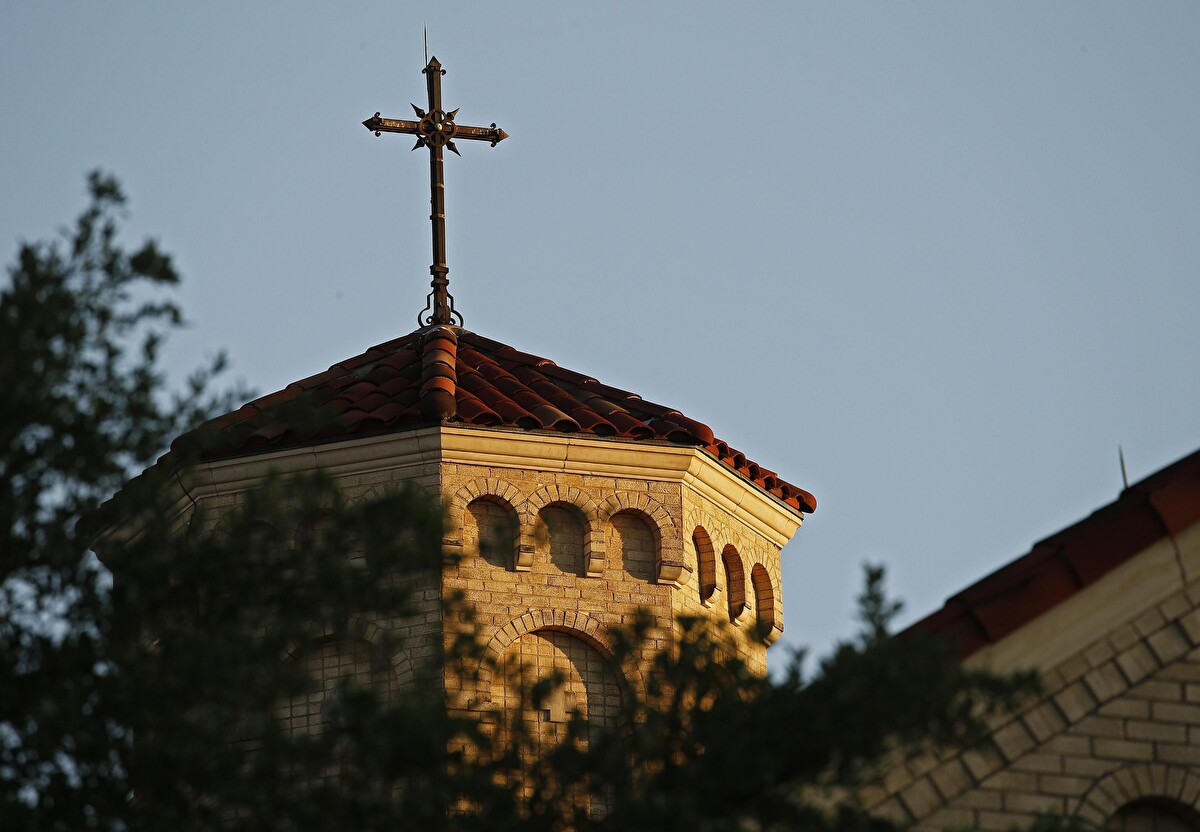A series of violent explosions rocked several cities in Pakistan and Islamabad-administered Kashmir overnight. According to local sources, there was an electrical blackout in the capital Muzaffarabad immediately after the blasts. The origin of the attacks has not been officially confirmed, but New Delhi claimed a military operation against facilities considered logistical bases of terrorist groups.
The action, dubbed “Operation Sindoor,” was announced by the Indian government in a statement that described its contours as “targeted, contained and devoid of escalatory intentions.” The armed forces, the note said, would target “terrorist infrastructure in Pakistan and Pakistan-occupied Jammu and Kashmir, from where attacks against India were planned and directed.”
“No Pakistani military targets have been targeted,” New Delhi clarified, stressing a willingness to act with “remarkable restraint both in the choice of targets and the mode of operation.”
The answer from Islamabad did not take long. The spokesman for the Pakistani armed forces, in an interview with broadcaster ARY, denounced India’s use of missiles at three different locations in the country’s territory, promising a response. “India has struck our territory. We will respond,” the spokesman said without providing further details on the areas involved or any casualties. State-run media in Pakistan has reported that the country’s air force has shot down tow Indian jets.
The attack comes amid growing tension between the two nuclear powers, already at loggerheads after last month’s attack on a group of Hindu pilgrims visiting Indian Kashmir. Twenty-six were killed, all men. For New Delhi, responsibility for that massacre falls on jihadist cells with ties across the border. Islamabad has dismissed all charges, claiming to have intercepted intelligence signals indicating possible imminent Indian military action.
The new exchange of blows now risks once again precipitating clashes between India and Pakistan, already compromised by decades of rivalry and a disputed border—the Line of Control—that cyclically becomes the scene of armed clashes.












